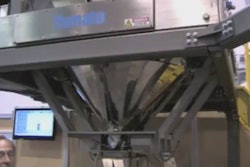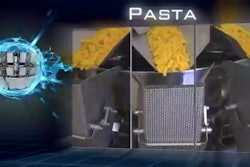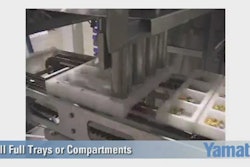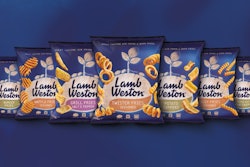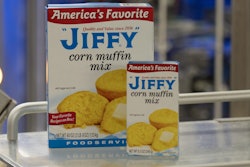While almost any filling machine can potentially be set up to fill by weight, weigh filling is more often used with dry products, such as powders or granules. The challenge is determining the best solution for not only weighing, but also for handling your product properly to minimize any degradation after the weigher. Confidence in both the equipment and the supplier is vital when you consider the typical life of a weigher can be more than 25 years. Here are some best practices:
1. Determine the overall system goals, looking at each transfer point. Carefully specifying each component of a system (like a weigher) is important, but all components must work in concert to achieve the desired output, which is accurately filled packages and efficiently running equipment.
2. Review your product’s flow characteristics with prospective suppliers. Send product samples for machine builders to test and ideally videotape. This is time-consuming and somewhat tricky if your product tends to change with transport and handling, like produce. The trickier the product, the more important the validation.
3. Carefully examine and document your facility’s environmental conditions. This includes humidity and temperature of the filling area, as well as bulk storage. Depending on what is being filled, these conditions may have a damaging effect on the product. They can even change the consistency of the product enough to have an adverse effect on the equipment’s filling ability.
4. Make sure your sanitation practices and maintenance are top-notch. Avoid product buildup on tooling and control services. Choose equipment that is easy to disassemble and clean on a daily basis or as required. Follow a rigorous maintenance schedule to ensure top production output.
5. Consider how weighing/filling is affected by fresh, frozen, dry, fragile product. Weighing is affected by all product conditions, both physical and environmental. The same product will convey, transfer, fall, and handle in a completely different manner when fresh as compared to when it is frozen. The supplier should also have a large selection of application-specific weighers to choose from, such as:
• Gentle-slope weighers for fragile products.
• USDA Dairy-approved systems if applicable.
• Weighers for fresh, sticky, and large-piece products, such as poultry.
• Weighers designed for RTE (ready to eat) fresh products, such as salad kits, etc., which are extremely popular right now but are challenging because they may change in shipment, and are hard to validate.
6. Consider the unique challenges of granulars and particulates. Your supplier should have a range of weigher models to handle different target weights of granular and powder products. Consider specifying sift-proof hoppers for your weigher, as well as a dust collector for products that create high concentrations of airborne particulates. You might also want some sort of secondary automatic bulk loading of product to the equipment so that the machine is never under- or over-filled with product.
Liked this article? Download the entire playbook here.



